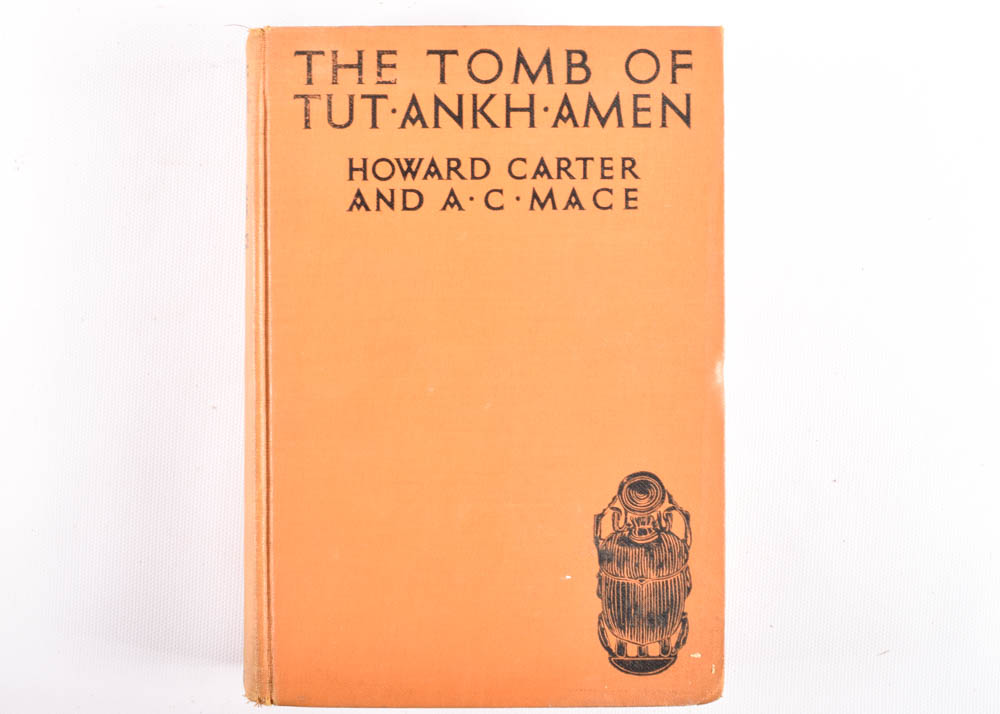

And it’s not relevant to most rare books. It reminds us of rainy days, blankets and tea, secret gardens. We’ve all held a beloved old book and smelled the pages, taking in that vanilla-like aroma. WE HATE IT WHEN YOU TALK ABOUT A BOOK’S SMELL. Our first winner collects romance novels. This year my company established a book collecting prize for women aged 30 and under with an eye toward demonstrating that great collections don’t have to be valuable tomes kept behind glass. Today we say, “an 18th-century woman entomologist who published her own drawings of her scientific observations? Yes please!” But in the 1980s, such works were met with a shrug. Baskin formed this world-class collection for a fraction of the expense one might expect-because for most of the 40 years she was collecting, she was purchasing books that weren’t popularly sought. In 2015, Duke University acquired the collection of Lisa Baskin, which documents women at work through the past five centuries, to much fanfare. But often the most interesting collections-the ones that end up housed at some prestigious institution-are built by people who aren’t buying the most expensive books. The books that make the headlines are the $6 million Shakespeare First Folio or the $150,000 first edition of Walt Whitman’s Leaves of Grass. YOU DON’T HAVE TO HAVE A LOT OF MONEY TO COLLECT. One of my friends puts a sign on her desk that reads, “Don’t bother me: I’m counting.” 5. And we hate being interrupted in the middle of counting a 500-page book. We even have a specialized method of counting based on how the book was formatted by the printer. Dealers must go through a book page by page to make sure that everything has remained intact. The blank pages in the front or back of a book are often missing, too: Historically, paper was an expensive commodity, so owners would tear out those blank pages for use. Stunning engravings are excised to be framed and put on a wall. Objectionable passages are torn from banned books. The earlier in print history you go, the more likely you are to discover missing pages. This is especially true for books from before about 1800, in what we call the “handpress” period. In a decent, unrestored original dust jacket, the price leaps closer to $100,000.

An extreme example is The Great Gatsby: Without the jacket, a first edition currently runs around $4000-$6000. In modern books, this often means the dust jacket: A first edition’s price can rise or fall exponentially based on the original dust jacket. “Completeness” is a key standard of book collecting-the idea is that a book should retain all the parts with which it was historically issued. YES, DUST JACKETS REALLY ARE THAT IMPORTANT. Is there text? Or does the item have a connection to books in some way? That’s good enough for us. In fact, we handle manuscripts, scrolls, etchings, and other prints, archives-even sometimes ventriloquist dummies from itinerant woman preachers. Yes, our profession is called the rare book trade, but that's because it’s easier to say. The only books old enough to be highly sought-after just for their age are those printed in the 1400s, from the earliest years of printed books in the West.

And no, a book from the 1800s isn’t automatically desirable because it’s “old.” In rare books, the word "old" is relative: Within the 500 years of printed history we handle, a book from 1850 isn't really that old. This means a book from 1850 isn't necessarily “rare” if no one wants it. If the supply side or the demand side isn’t extreme, it doesn’t qualify. A book becomes “rare” when it’s both hard to find and highly sought. In book collecting, supply and demand are king.


 0 kommentar(er)
0 kommentar(er)
